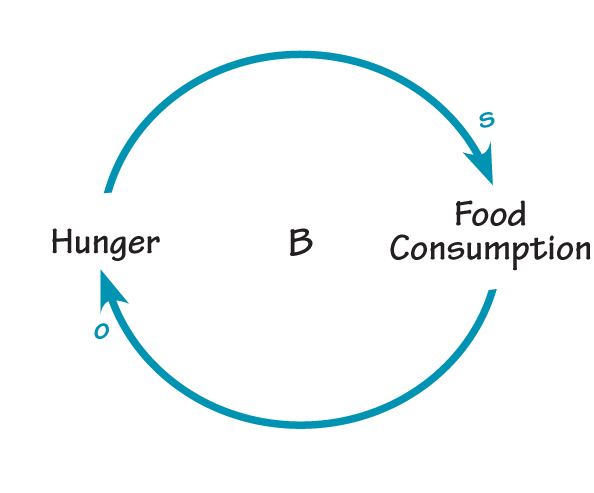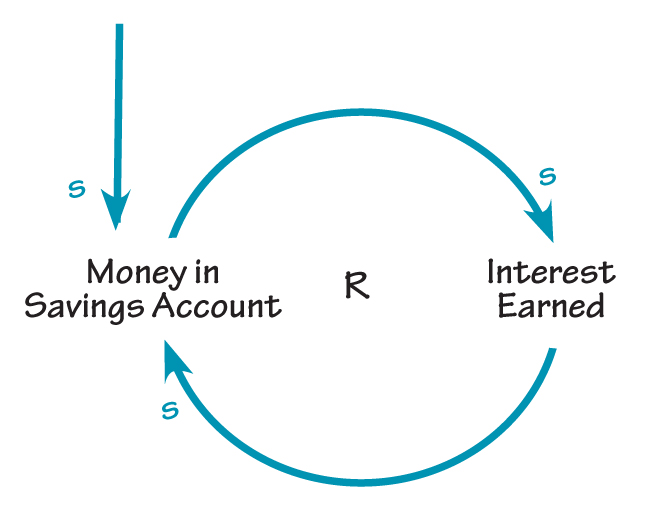Practice the habits of a systems thinker
As we go through our daily lives, we rely on a series of habits, most of them subconscious, to drive many of our decisions and actions. With our deep-seated routines to guide us, we are able to get things done efficiently.
Unfortunately, the thinking patterns that help us address the simple, linear problems we encounter—for example, fixing a process error—aren’t helpful for dealing with dynamic, complex challenges, such as reducing the spread of infection in hospital settings. In fact, applying linear thinking to systems issues can actually make the problems worse.
The good news is that by adopting and actively practicing a set of system thinking habits, you can begin to shift your mindset, your vision, and eventually your actions.
Of course, changing your habits is easier said than done. However powerful a set of perspectives and tools may be, unless you commit to your own practice and growth, you’re unlikely to shift your behavior over the long run. Fortunately, the combination of a systems thinking perspective and tools and practices for changing your habits is a potent one.
Send us your recommendations for practices and tools.
Habits of a Systems Thinker
Developed by the Waters Foundation, the Habits of a Systems Thinker are 14 practices for applying systems thinking in daily life. The Habits offer strategies for solving problems and questioning the status quo. They help people to build flexible thinking and an appreciation of emerging insights and multiple perspectives.
Habits of a Systems Thinker
Systems Thinking Iceberg
The Iceberg is a deceptively simple tool for helping you see the world through a systems lens. By showing how hidden structures shape the trends and events you perceive, it improves your understanding of the system as a whole and your ability to effect lasting change. Michael Goodman, who has written extensively about systems thinking, led the development of a web-based Systems Thinking course, Systems Thinking: A Language for Learning & Action, which includes a tutorial about the Iceberg and how to apply it to organization challenges:

Principles of Systems Thinking
Example: “On to the Next Crisis
Exercise: Applying the Iceberg
Steps in System Thinking
Using the Iceberg on the Job
Feedback Loops
One of the key principles of systems thinking is interconnectedness—the fact that different elements in a system are linked in complex ways. Feedback is the circular process through which these elements influence each other.
A feedback loop is either balancing or reinforcing. A balancing feedback loop maintains stability; for example, a thermostat keeps a room at a relatively steady temperature. A reinforcing feedback loop builds on itself over time, in the way a virus spreads through a population.

Causal loop diagrams are a tool for mapping the variables in a system and how they influence each other—which can be useful for planning interventions.

Michael Goodman, who has written extensively about systems thinking, led the development of a web-based Systems Thinking course, Systems Thinking: A Language for Learning & Action, which includes a tutorial about feedback loops:
Building Blocks
Reinforcing Feedback
Balancing Feedback